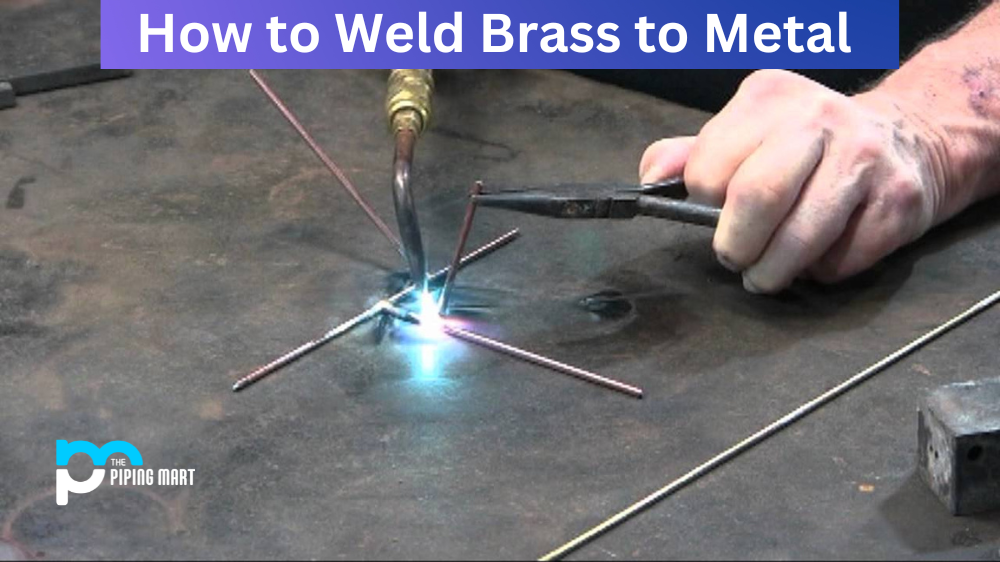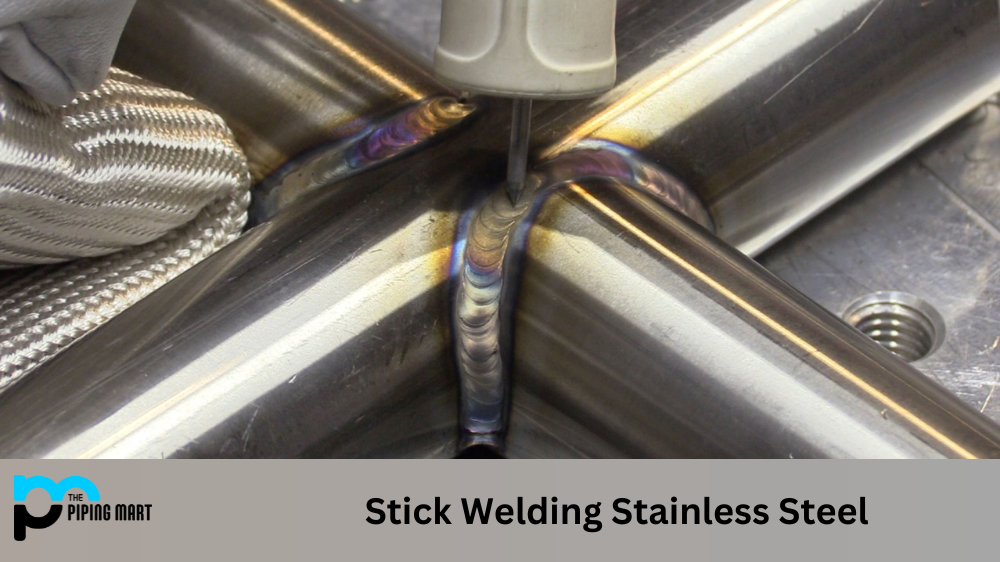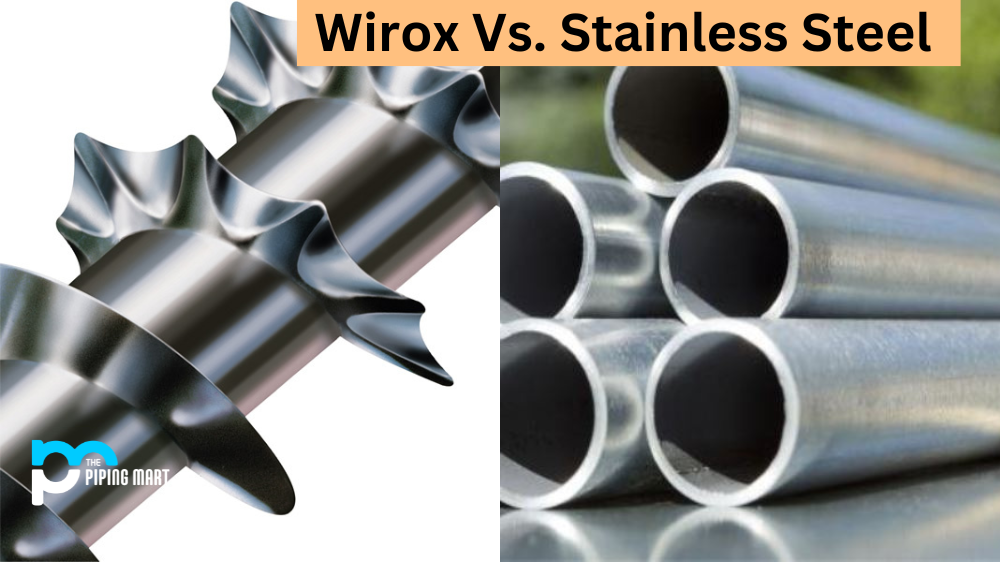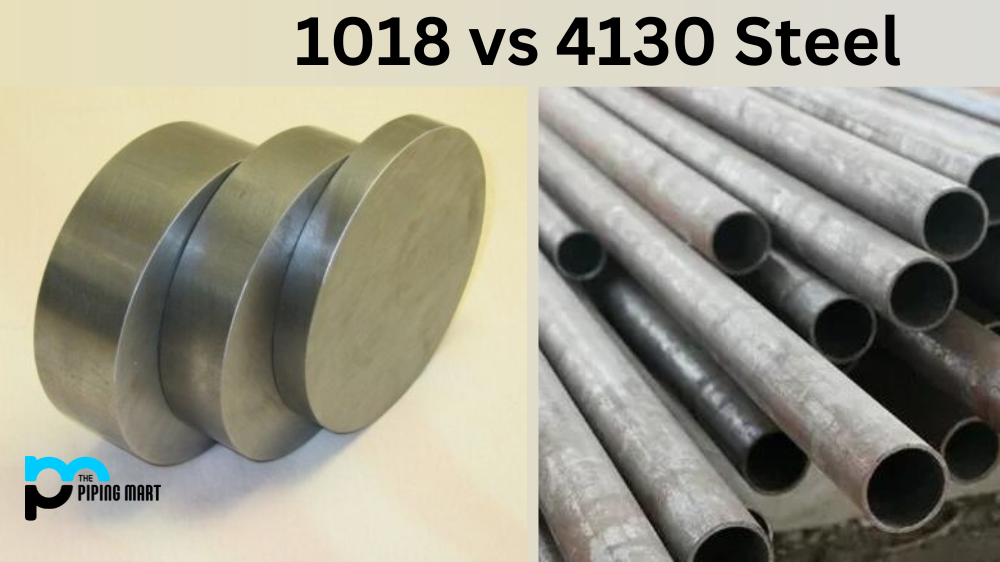Brass is a metal that has been used in many applications since ancient times. It has been used for many things, from jewelry to tools and even modern plumbing fixtures. But what if you need to weld brass to another metal? What do you need to know about welding brass? Let’s take a look.
Welding Brass
When it comes to welding brass, the most important thing you need to remember is that it requires a lot of heat. This means that you will need a welding machine that can produce enough heat for the job. It’s also important to make sure that your welding machine is set up correctly so that it can handle the higher temperatures needed for brass welding.
Another important factor when welding brass is the type of filler metal you use. You should always use an appropriate filler metal when welding brass so that you don’t end up with a weak joint or one that has too much porosity (air bubbles). The best filler metals for welding brass are nickel or copper-based alloys, such as nickel-silver or nickel-copper alloys.
Finally, when it comes time to actually weld the brass, make sure you use the proper technique and follow all safety instructions closely. When welding metals together, there is always a risk of sparks and molten metal flying off, so make sure you wear appropriate safety gear and have an adequate amount of ventilation in your work area.
Conclusion:
Welding brass can seem intimidating at first, but with the right equipment and knowledge, it can be done safely and successfully. If you’re new to working with metals, practice on scrap pieces before attempting any large projects until you feel comfortable with the process. With some patience and practice, anyone can learn how to weld brass and create beautiful projects!

Pipingmart is a B2B portal that specializes in metal, industrial and piping items. Additionally, we share the latest information and information about materials, products and various types of grades to assist businesses that are involved in this business.




